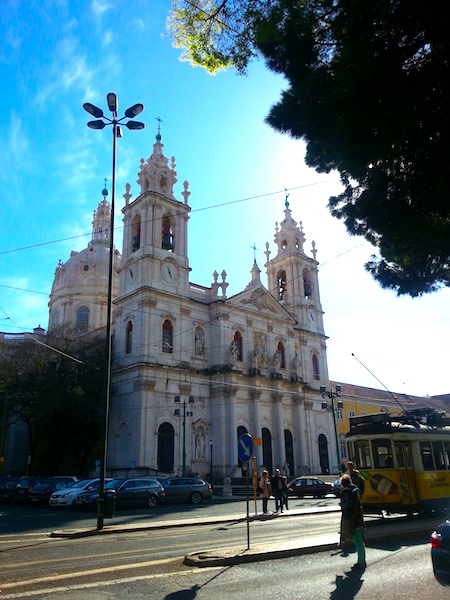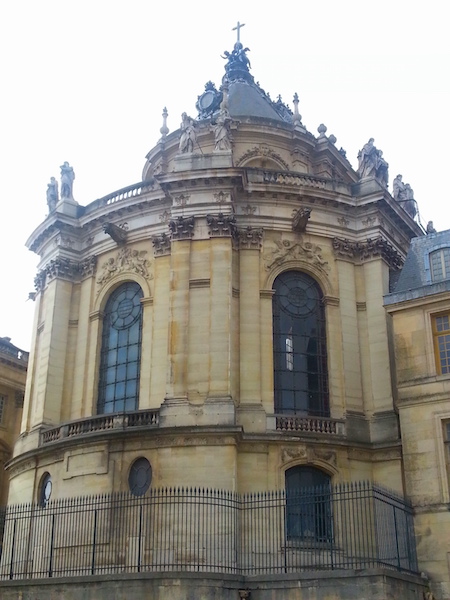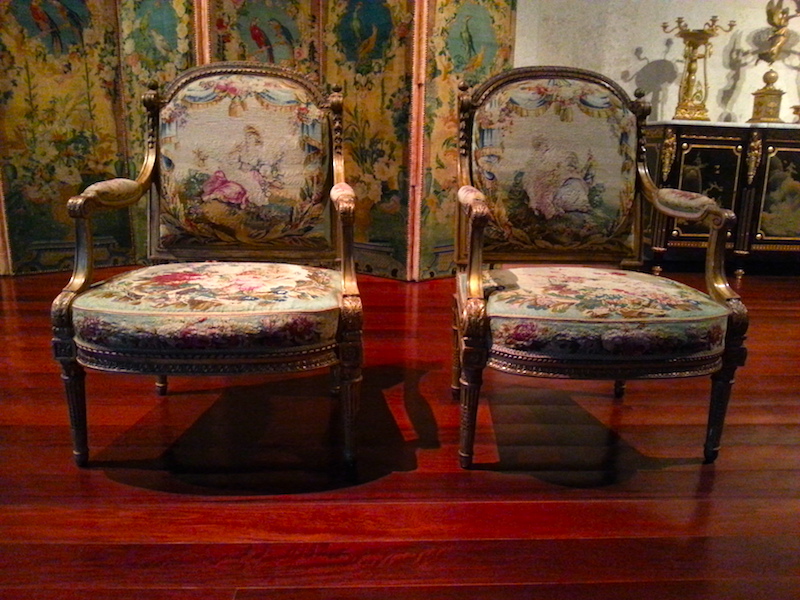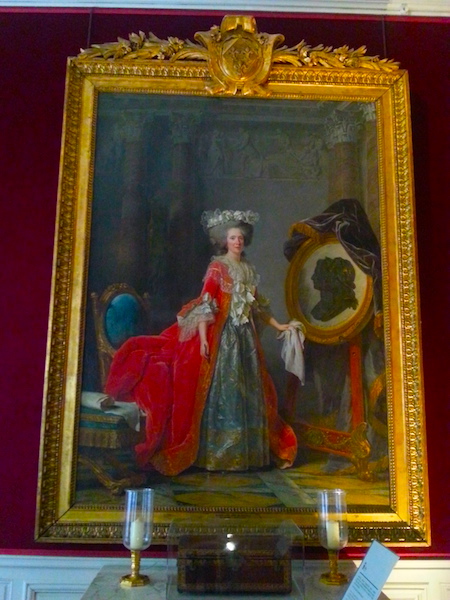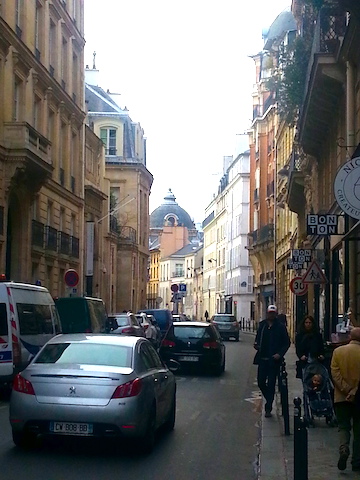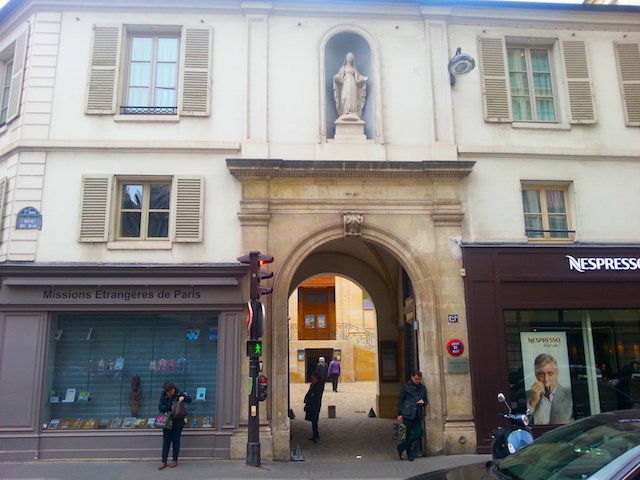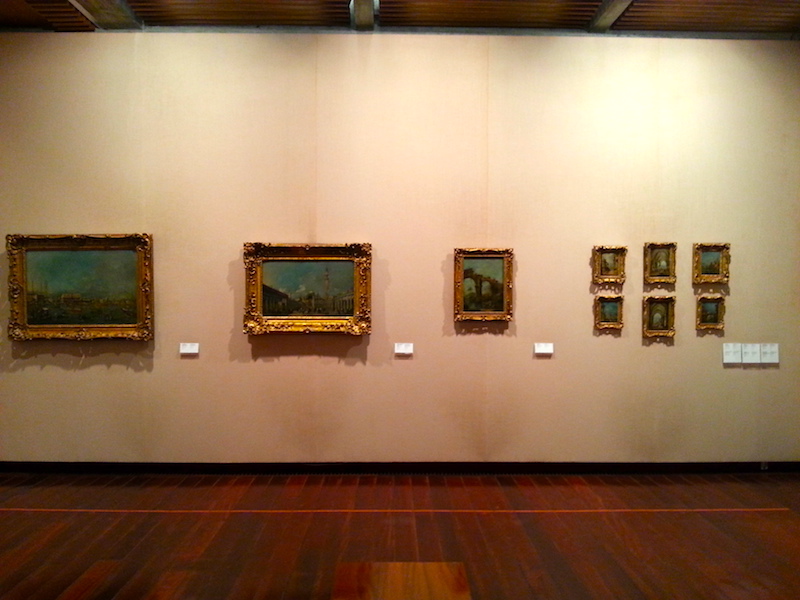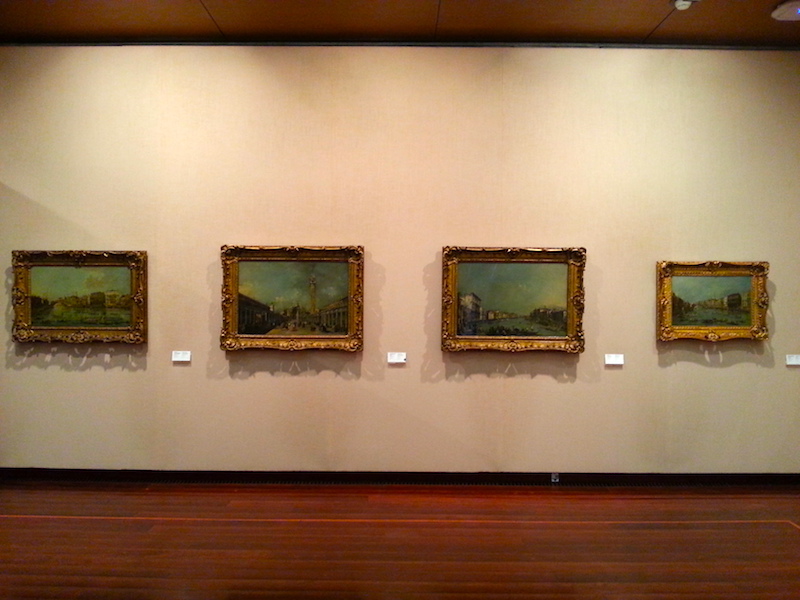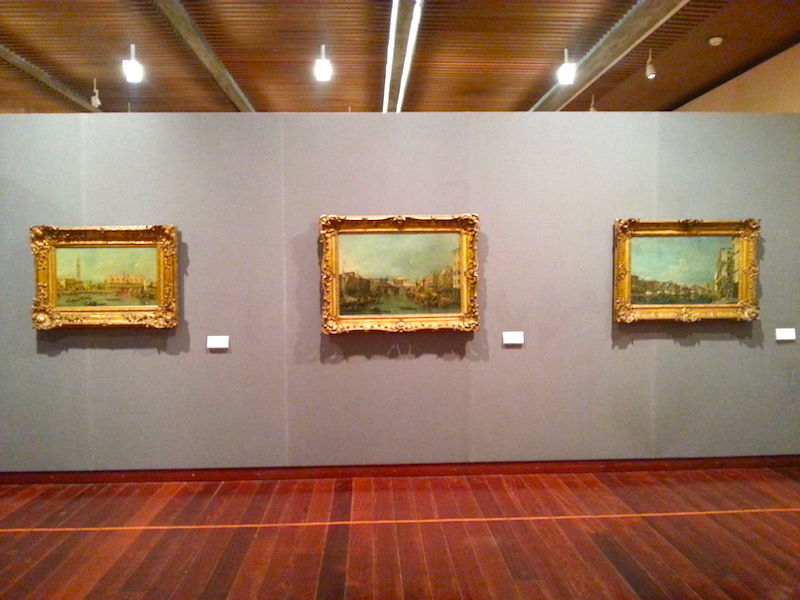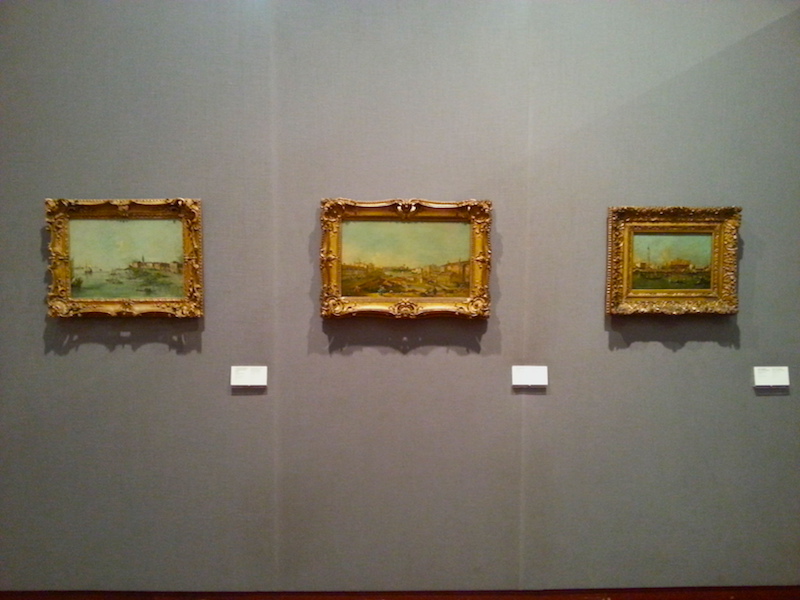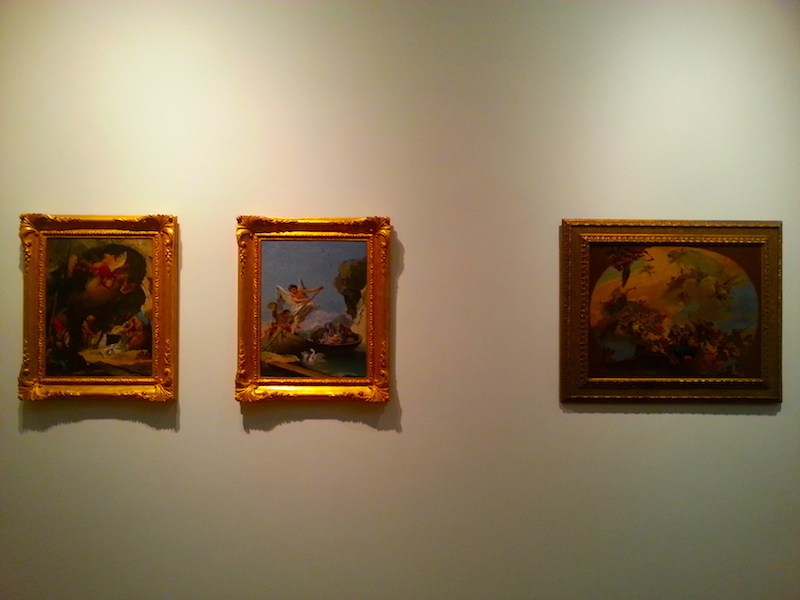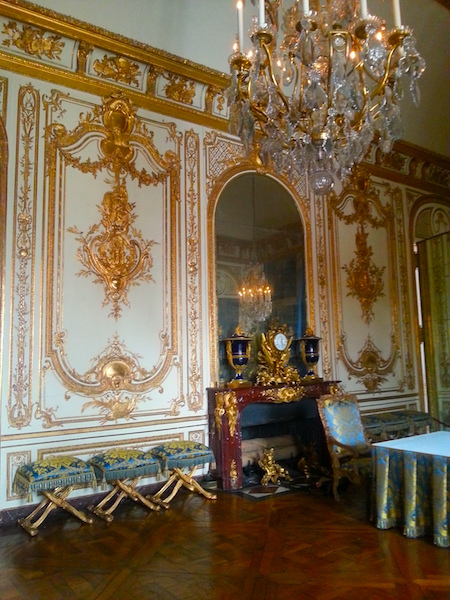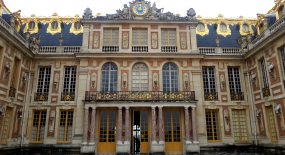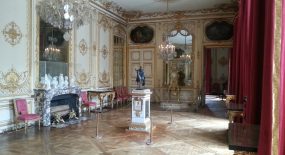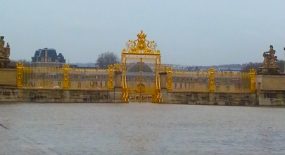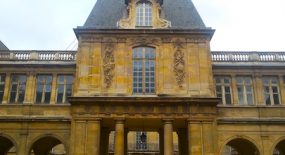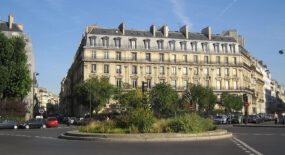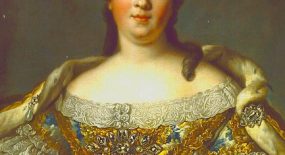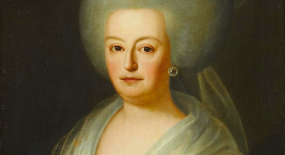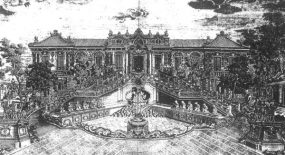On this day, 24 January, occurred the birth of the future Frederick II, called the Great, King of Prussia from 1740 to 1786. The year was 1712, the last full year of the reign of his grandfather, Frederick I, the first king not only of his name, but of the kingdom of Prussia, which until a decade before had been only a duchy.
Two baby princes had already been born to Frederick I’s heir, Frederick William, and his consort, Sophia Dorothea of Hannover, whose own father would soon become king of England. Both of the little princes had been sickly and died in infancy. Only baby Frederick’s elder sister, Wilhelmina, had survived of the the crown princely couple’s early brood. This pair of children would be close for their rest of their lives.
The newly born Frederick was puny, but proved to be quite hardy. In the end, he lived to be 74, which was a very respectable age in the Versailles Century.
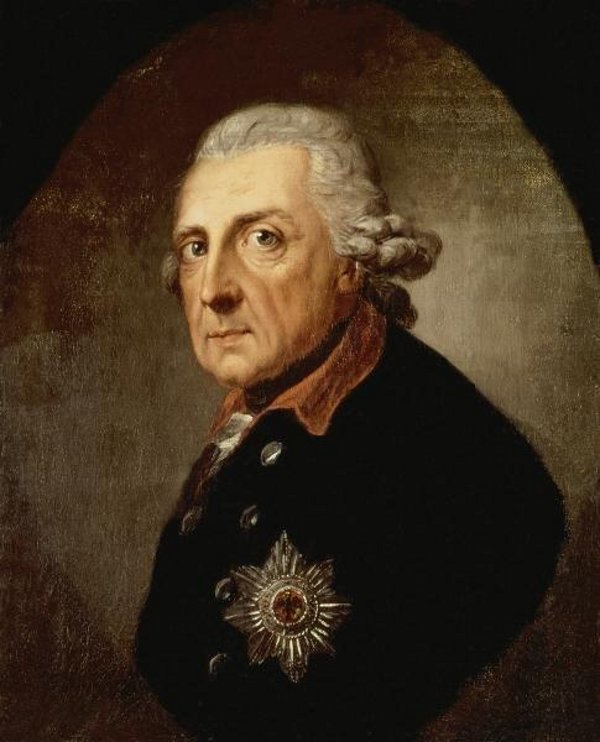
Frederick the Great in old age. Credit: Wikipedia.
In maturity, he would be a statesman, general, writer, philosopher, art collector, composer, dog lover, devoted friend, doting brother and uncle, and neglectful husband. Here at Versailles Century, we consider him fascinating and he’s one of our favourite historical characters.
Continue reading
